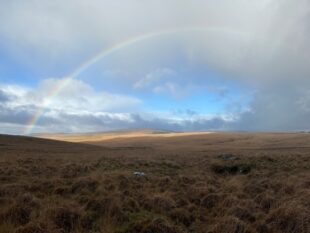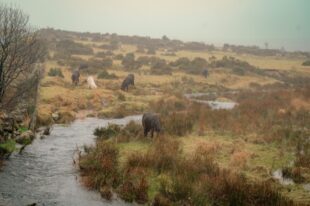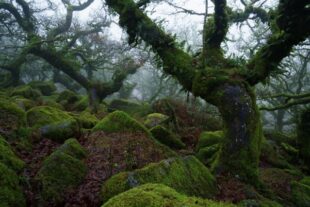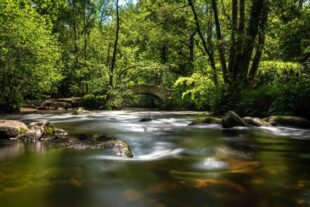
Since publication of the Independent Review, Natural England has been working hard to rebuild trust and understanding with Dartmoor farmers. We have actively listened to commoners, land managers and partners, and we are seeing signs of improved relations and a feeling of collective ambition in the wake of the review. There is still a way to go, but we are optimistic.
Dartmoor‘s landscape is much loved by millions of people who are drawn to Dartmoor to immerse themselves in its wildlife and natural habitats. It is a glorious, open landscape that has been created and maintained by generations of commoners and farmers. The Government’s response today to the Independent Review on Protected Site Management on Dartmoor is a welcome and positive step in securing the future of this special place.
We strongly support the Government response and the creation of a Land Use Management Group to provide long-term governance of the plan to recover nature on Dartmoor, and which takes account of all interests including farming and heritage. We also agree that farmers will need support to make any changes needed to farming systems.
The mosaic of upland habitats on Dartmoor, a combination of heathers, grasslands and wetland ecosystems are very special. They are nationally and internationally important and this was recognised in the 1980s when they were designated as Sites of Special Scientific Interest (SSSIs) and Special Areas of Conservation. Yet despite the protection these designations provide, the review found that many areas of Dartmoor are not in a good state.

We have seen, however, that landscapes can recover with the right management. Farmers and land managers play a central role in protecting and restoring these areas for future generations, and they should be properly supported and rewarded for this. We need farming systems that can adapt in a way that allows nature to recover and thrive whilst supporting viable farm businesses. Natural England is here to help and advise farmers and land managers to understand the special responsibilities that come with working and farming on these precious sites, including through schemes that compensate and support land managers for their efforts. At the same time, it has been my experience that the best innovation and new ideas come from farmers themselves – they know the land and how it responds to management better than anyone. We need to listen to them more to achieve the outcomes we are seeking.
The Landscape Recovery scheme offers opportunities for farmers to work together at a landscape scale and find ways of delivering the right management across this complex landscape of interconnected land holdings. We are heartened that there seems to be so much enthusiasm amongst local farmers in joining these schemes. Dartmoor has three underway including the largest in the country across vast swathes of moorland in Central Dartmoor.

The Review also recognises that the top biodiversity priority for Dartmoor is to improve its hydrology and re-wetting its blanket bogs, along with controlling Molinia (moor grass), and encouraging development of wood pasture and tree growth in suitable locations. We are committed to these priorities, and to recovering and improving Dartmoor’s habitats. Natural England has funded innovative projects taking place on Dartmoor that are helping promote and restore biodiversity in these areas, including the South West Peatland Partnership, who have started a large-scale project to restore damaged and degraded peatland at South West Water’s Burrator Reservoir. The Rainforest Lichen Recovery (South-West) project supports the recovery of threatened lichen species, many of which are highly dependent on veteran trees, and we are working closely with the Duchy of Cornwall who are expanding and regenerating the ancient oak woodland at Wistman’s Wood.
For over 5,000 years farming has been the main land use on Dartmoor. Farming is central to the future of Dartmoor, and it must be at the central to the plan going forward. NE has received some criticism around our communication with farmers on Dartmoor in the review, with many feeling that Natural England believes that the SSSIs are more important than anything else. SSSIs are important, as reflected in their special legal protection and the statutory binding targets to improve their condition recently set in the Environment Act. They also need to be seen, however, as part of a wider landscape that needs to function as an ecosystem that provides not just thriving wildlife, but also sustainable food, clean water, mitigation for climate change, opportunities for people to enjoy natural beauty and heritage.

We are working hard to find ways to ensure that the landscape can provide all of these functions for wildlife, climate and people. With extra support for farmers who care for SSSIs and other special places to help them achieve changes in land management, where needed, we firmly believe both nature and farming can thrive in this landscape.
This moment gives us an opportunity to reset relationships and focus on the future – build on trust and mutual understanding so we can develop a shared vision for this precious landscape.